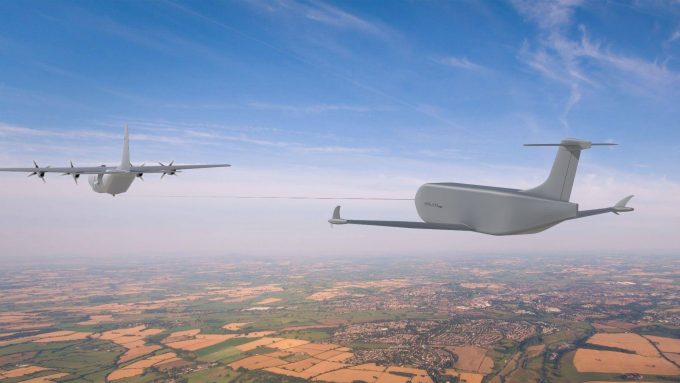The big supply chain disruptor is the regulators, say shippers
Shippers need their supply chain partners to collaborate in order to speed up processes and ...

A company called Aerolane believes some 65% of aviation fuel costs could be reduced using ’cargo gliders’ towed behind a lead aircraft like an HGV trailer.
With designs undergoing tests at an ex-USAF airfield in Texas, Aerolane plans to begin making the gliders commercially available next year, contingent on FAA approval.
The company has so far raised around $11.5m in seed funding for a three-ton capacity autonomously piloted Aerocart glider, and aims to follow this up with a 10-ton capacity unit.
Aerolane said ...
Volcanic disruption at Anchorage could hit transpacific airfreight operations
Macron calls for ‘suspension’ – CMA CGM's $20bn US investment in doubt
De minimis exemption on shipments from China to the US will end in May
Forwarders stay cool as US 'liberation day' tariffs threaten 'global trade war'
Trump tariffs see hundreds of cancelled container bookings a day from Asia
Mixed response in US to 'Liberation Day', while China leads wave of retaliation
Tariffs and de minimis set air freight rates on a volatile course

Comment on this article